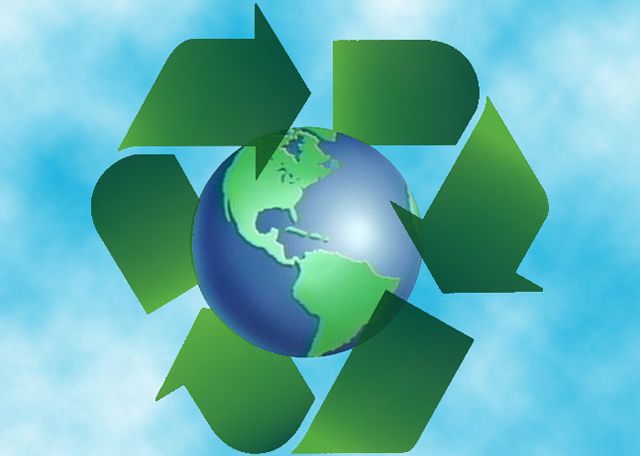
Use of technology is the synonym of development; all the developed countries are extending their resources to build new technologies in every field viz. medicine, transportation, building etc. Since ancient times man is using every possible creation of nature to make his life more and more comfortable.
The use of natural resources has increased to such an extent that all the natural non renewable resources are on the verge of extinction. The very existence of human race is under jeopardy if this greedy exploitation of natural resources does not stop here. All the great scientists have already said and warned the world about this very truth and thus scientists of many countries came forward with the innovative idea of using green technology in day to day life.
We all depend on technology in one form or the other and thus play role in exploiting nature’s resource. By adopting at least one of the green technology in our daily life we can help to conserve some portion of nature’s resource.
Following are few such innovative inventions by the scientist.
1. Sunlight stored LEDs
Designer: Patrick Walsh of Green Light Planet
Description
Sunlight stored LEDs can be used for four continuous hours after the LEDs are charged in the sun. Rural villages, where electricity has not been reached yet can be most benefited by this technology. Even in the highly populated cities where load shedding is very common nowadays, LEDs are giving better option than generators or battery operated sources. These solar powered lanterns do not fuse and do not require replacements. The solar chips absorb solar radiation and the solar energy gets converted into electrical energy and thus LEDs are illuminated. These are very light is weight and can be carried anywhere.
2. Solar water heater
Designer
Ashok Gadgil
Description
Most of the people use hot water during winter season to bath and for other domestic work, hot water is either obtained by using combustible fuel or electricity which is economically less affordable, therefore Ashok Gadgil from the University of California came up with his design of solar water heater. In his model he explains how water can be heated using solar energy with minimum expenditure on the product. This product can produce 26 gallons of water at 104 degrees Fahrenheit at 4 p.m. in the evening. Solar energy is trapped in the solar chips located on the board and the heat is transferred directly to the tanks filled with water. The water gets heated and can be used.
3. Sugarcane charcoal
Designer: Amy Smith
Description
People in developed countries still rely on the conventional methods of cooking like cow dung, wood from forests etc. This dependency on cow dung and wood for fuel is creating pressure on the forests and manure. To avoid the use of wood or cow dung as fuel, Amy Smith came with the idea of using Sugarcane charcoal. Sugarcane charcoal is environmentally friendly as compared to wood charcoal, also it is a clean and cheap fuel. To make sugarcane charcoal, its by-products called baiggas is utilized. This by products is carbonised in kiln to produce charcoal. The efficiency of this charcoal is nearly equal to the wood charcoal.
4. Wind Power on $2 a Day
Designer: Shawn Frayne
Description
Designed by Shawn Frayne, this state of art technology uses air to produce power. In the technology air passes over the device’s tiny ribbon-like vane, the vibration gets converted into small amount of electricity. It is very much useful technology as this avoids the use of huge turbines.
5. Irrigation by foot
Designer: Martin Fisher
Description
Irrigation is the basic requirement of all countries depending on agriculture. To pull water from the sources and transporting it to the field requires a lot of energy. In this world of shrinking energy sources Martin Fisher of Kickstart International company came up with the innovative idea of irrigating field using mechanical power, i.e., using foot for irrigation. This device pulls water from 30 feet underground and this water is enough to irrigate 2 acres of land. These pumps are easy to transport from place to place, easy to operate and allow farmers to direct water wherever water is required.



